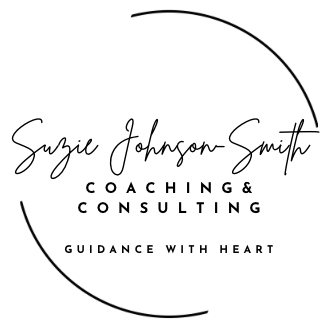Health and Human Services is a rewarding yet sometimes challenging career. Recent and common challenges faced across organizations can include any combination of funding cuts, high levels of burn out, change exhaustion, depleted staff engagement, communication struggles, low morale, competing priorities, and reduced resources. The domino effect of any of these can lead to changes in leadership and overall staffing; often then resulting in a lack of vision for all. And this is not an exhaustive list. Many organizations are currently in recovery mode at a higher rate than ever before; finding themselves in what we call “tyranny of the moment”.
In Bridges, we discover that “tyranny of the moment” means being in a constant state of survival where your bandwidth is utterly loaded, leaving little time to think or act pro-actively and plan for the future. The tyranny of the moment affects the individuals we serve, the organizations we work in and our communities that we live in. Bridges is a relational model that will support individuals and organizations to break out of ‘surviving’ and into ‘thriving’, leading to improved community wellbeing.
Bridges out of Poverty uses the lens of economic environments and social cognitive learning theories to examine how we each uniquely think, behave, prioritize, and make decisions. Once you have had your own internal ‘aha’ moments of reflection within the individual lens framework, there really is no turning back and the possibilities become endless for your organization.
In my next post I will talk about the 4 Bridge Lenses; the individual, organizational, community and policy levels forming a relational model that can improve the lives of the people we serve.
If you want to learn more about the Bridges Lens and how it can be applied within your team or organization, please reach out.
